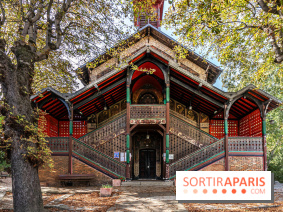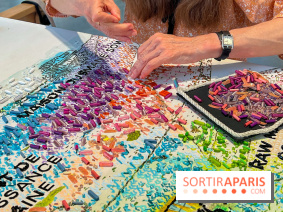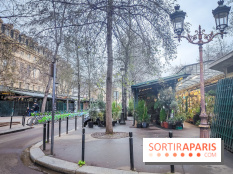More than just a simple tile, Paris metro tiles are definitely part of the city's heritage. And while some interior design brands are now offering identical tiles for sale for use in your bathroom, metro tiles are steeped in history and are still very much in vogue, more than a century after they first appeared in our metro stations.
It was Hector Guimard, the French Art Nouveau architect best known for designing the entrances to Parisian subway stations, who also came up with these "metro tiles". He imagined a white, rectangular tile with a glossy finish and bevelled edges: the "carrelage de métro" was born. The tiles were used in all Paris metro stations from 1900, when the first lines went into service. The white color of the tiles gave a shiny look to the dark corridors of the metro, and for hygienic reasons, they were easy to wash.
At the time, theParisian ceramicscompany Boulenger was in charge of this huge project. The white glazed tiles of the first metro stations were gradually replaced by orange tiles in the 1950s, before being brought back into fashion in the 1970s by decorator Joseph-André Motte. The metro tiles chosen by Hector Guimard in 1900 are a timeless classic of Parisian style, proudly displayed in many bars, restaurants and other interiors.















